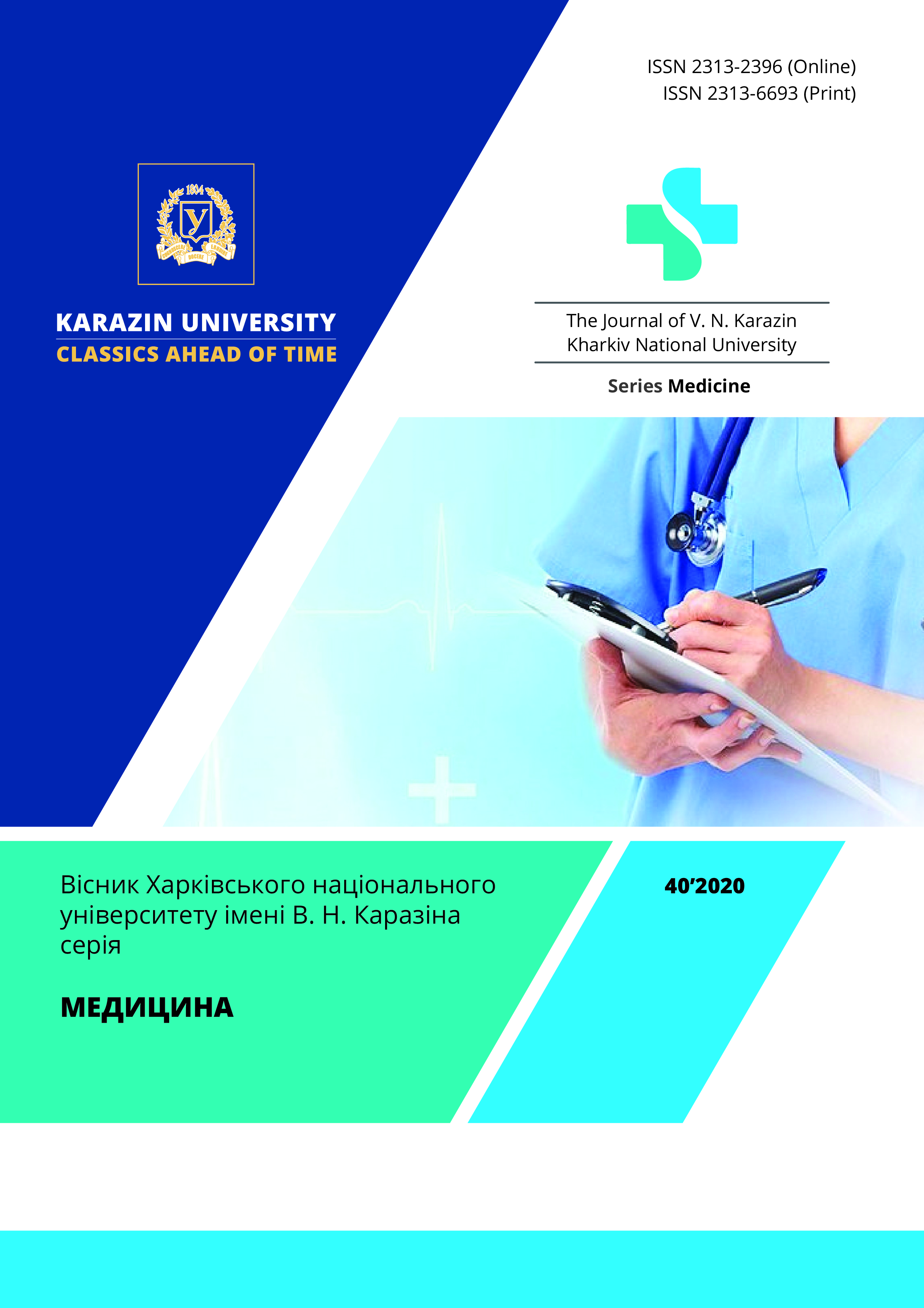Peculiarities of the clinical course of frederick's syndrome on the background of comorbid pathology in the absence of adequate therapy
Abstract
Atrial fibrillation in old people is one of the most common causes of cardiac decompensation. It can also lead to sudden cardiac death and thromboembolism of vital organs. Comorbidities such as diffuse cardiosclerosis, myocarditis or cardiomyopathy, congenital or acquired defects of the valvular apparatus of the heart, pathology of the endocrine system, chronic obstructive diseases of the bronchopulmonary apparatus, malignant course of arterial hypertension or its refractoriness to therapy, uncontrolled intake of antiarrhythmic drugs, can complicate the course of atrial fibrillation the addition of a transverse atrioventricular block, which is called Frederick’s syndrome. This article presents a case of clinical observation of an uncontrolled course of atrial fibrillation with the subsequent development and progression of severe circulatory failure against the background of the addition of complete atrioventricular block. Such an important factor as adherence to medical recommendations can compensate for various pathological conditions for a long time without causing significant harm to health, which was neglected by the patient from the clinical case under consideration. The launched course of arterial hypertension probably launched a cascade of morphological changes in the structures of the heart, which subsequently led to the formation of atrial fibrillation, the development of heart failure, and the addition of complete atrioventricular block. The appearance of rhythm in the heart rate, which is characteristic of this conduction disturbance, is often perceived as an erroneous restoration of the rhythm in case of pre-existing atrial fibrillation; this can complicate the timely diagnosis of pathology, especially in the absence of syncope conditions characteristic of complete atrioventricular blockade. The risks of thromboembolic complications and sudden cardiac death are as high as those associated with isolated atrial fibrillation. During the examination of the patient, the absolute indications for transplantation of an artificial pacemaker were determined. Subsequently, an increase in the minute volume of blood and cardiac output, as expected, led to an improvement in the clinical course of the disease and well-being, however, the pre-existing hemodynamic disorder of a long-term nature in this patient led to irreversible decompensation of cardiac activity, which adversely affects the long-term prognosis for life.
Downloads
References
Paulus Kirchhof, Stefano Benussi, Dipak Kotecha, Anders Ahlsson, Dan Atar, Barbara Casadei, et al. ESC Scientific Document Group, 2016 ESC Guidelines for the management of atrial fibrillation developed in collaboration with EACTS, Eur Heart J. [Internet]. 2016 oct [cited 2020 jun 17]; 38 (37): 2893–2962. https://doi.org/10.1093/eurheartj/ehw210
2. Ruban NN. Vedenie patsienta s sindromami Frederika i udlinennogo intervala QT [Internet]. 2013 [cited 2020 jun 17]. Available from: http://ekhnuir.univer.kharkov.ua/bitstream/123456789/9577/2/Sindrom_Frederika_dec_2013.pdf (in Russian)
Gurovaya A. A., Tkachenko V. VЮ, Hetmavetc A. S.. Postoyannaya bradisistolicheskaya fibrillyatsiya predserdiy u patsienta s multimorbidnoy patologiey [Internet]. 2018[cited 2020 jun 17]. Available from: https://core.ac.uk/download/pdf/157764466.pdf (in Russian)
Jarіnov O., Kuts V., Mohnachova N., Gritsay O.. Dіagnostika atrіoventrikulyarnih blokad. Pokazannya do kardіostimulyatsії. Kardіohіr ta іntervents kardіologіya J. [Internet]. 2015 [cited 2020 jun 17]. 1: 43–55 (in Russian). Available from: http://csic.com.ua/images/pdf/2015/1-2015/Diagnosis-atrioventricular-block.pdf
Piotr Ponikowski, Adriaan A. Voors, Stefan D. Anker, et al. ESC Guidelines for the diagnosis and treatment of acute and chronic heart failure. Eur Heart J. [Internet]. 2016 [cited 2020 jun 17]. 38 (37): 2129–2200. https://doi.org/10.1093/eurheartj/ehw128
Michele Brignole, Angelo Auricchio, Gonzalo Baron-Esquivias, Pierre Bordachar, Giuseppe Boriani, Ole-A Breithardt, et al. 2013 ESC Guidelines on cardiac pacing and cardiac resynchronization therapy: The Task Force on cardiac pacing and resynchronization therapy of the European Society of Cardiology (ESC). Developed in collaboration with the European Heart Rhythm Association (EHRA), Eur Heart J. [Internet]. 2013 Aug [cited 2020 jun 19]. 34 (29): 2281–2329. https://doi.org/10.1093/eurheartj/eht150
Larina VN, Leonova MV, Bondarenkova AA, Larin VG. Patient compliance and physicians’ adherence to guidelines on heart failure with reduced ejection fraction. Cardiovascular Therapy and Prevention. [Internet] 2020 [cited 2020 jun 17]; 19 (2): 2398. (In Russ.) Available from: https://doi.org/10.15829/1728-8800-2020-2398
The Journal of V. N. Karazin Kharkiv National University, series Medicine has following copyright terms:
- Authors retain copyright and grant the journal right of first publication with the work simultaneously licensed under a Creative Commons Attribution License that allows others to share the work with an acknowledgement of the work’s authorship and initial publication in this journal.
- Authors are able to enter into separate, additional contractual arrangements for the non-exclusive distribution of the journal’s published version of the work, with an acknowledgement of its initial publication in this journal.
- Authors are permitted and encouraged to post their work online prior to and during the submission process, as it can lead to productive exchanges, as well as earlier and greater citation of published work.




